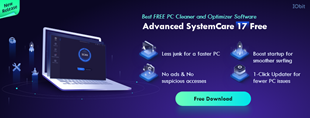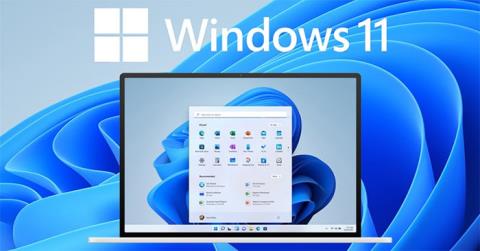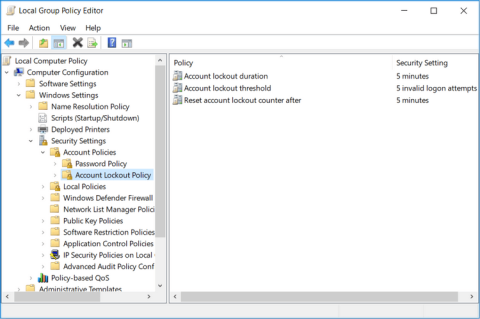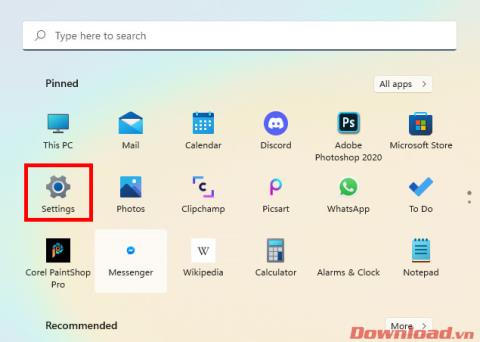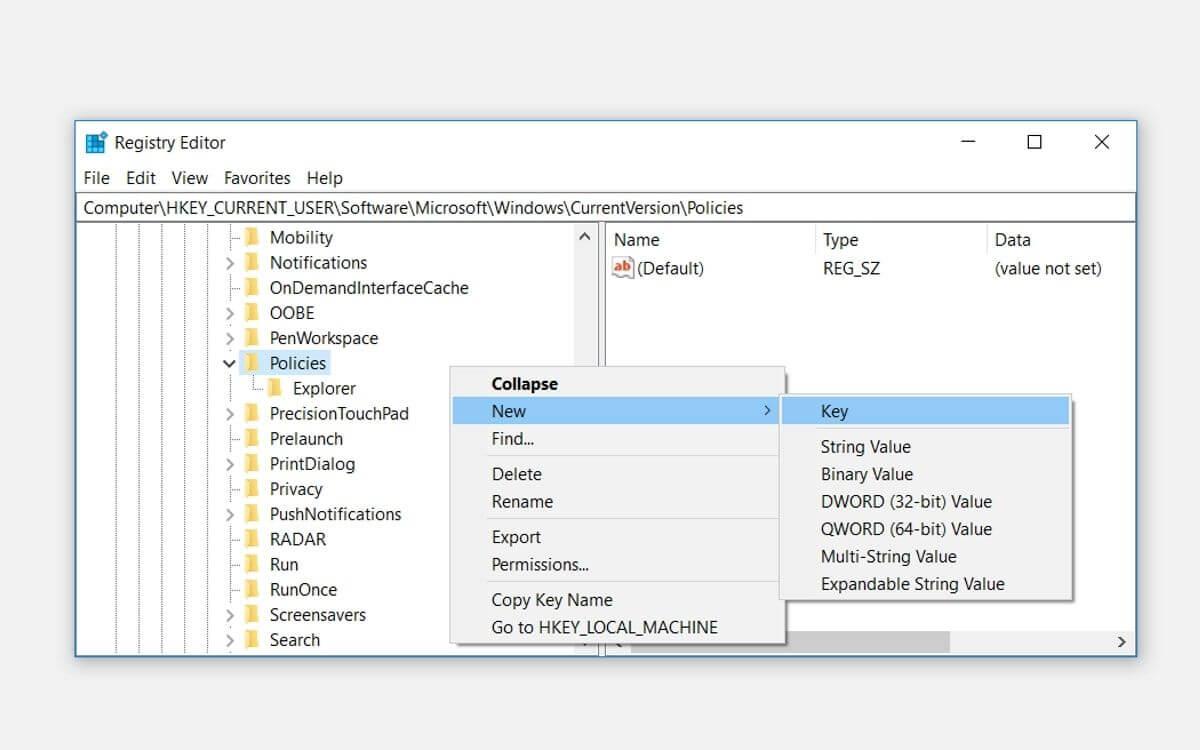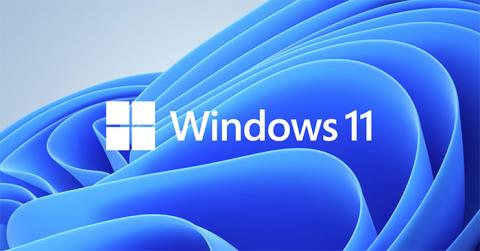ClassDojo and Google Classroom are among the most popular online classroom platforms out there. Both are among the top choices of education professionals.
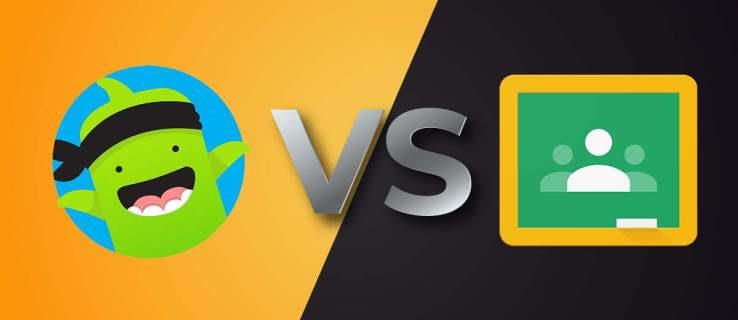
In this comparison, you’ll see the two outlined separately and then compared head-to-head.
ClassDojo
ClassDojo is a free remote classroom app that’s available on computers, tablets, and phones. It is used for quick information sharing, including homework assignments, pictures, and videos.
However, ClassDojo offers you, as the teacher, to assign unique class values. You have six pre-existing positive traits that include helping others, participating, being on-task, being perseverant, being hardworking, and encouraging hard-work. You also get five negative values, such as not finishing homework, being disrespectful, being off-task, coming to class unprepared, and talking out of turn.
But you can create your values and use them to help form a donut-shaped graph, displaying a breakdown of behaviors for a specific period. Parents can then access this graph to find out more about their kid’s behavior in the classroom.
You can meet with the parents face-to-face, of course, but this chart can help them focus on doing what they can to fix their kids’ negative behavior, as well.
ClassDojo helps demystify what goes on in the class. Most parents are well-acquainted with the brief “nothing” answer to the “what did you do in school” question. ClassDojo does everything it can to allow teachers to answer this question.
ClassDojo is ideal for “helicopter parents.” Whether this is a good thing or not is up for debate, but this app does something even more critical. It encourages the students to improve with a point-based system. Each of the set values is assigned points. Exercising good values will bring more points to the table while the negative points go for expressing negative values.
Of course, the kids can’t compare their points, so it’s not about competing.
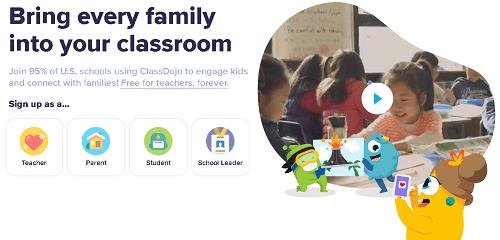
Google Classroom
Every learning management system brings its own benefits to the table. As you can probably guess, the upshot of using Google Classroom is the set of Google tools at your disposal. Google Classroom successfully integrates apps and services such as Google Docs, Google Sheets, YouTube, and other popular services. Of course, you can use these tools with other learning management systems, but Google Classroom makes it easy.

The teachers can post assignments, materials, and quizzes via Google Classroom.
One of the apparent downsides with Google Classroom is the lack of well-defined roles and advanced reporting. However, you can connect Google Classroom to other learning management systems with a simple add-on. That means that Google Classroom is more of a hub that makes a learning management system experience more integrated and overall smoother.
Google Classroom brings many other benefits to the table. That includes sharing and presenting work using Google slides and remotely meeting through Google Hangouts.
The best part – everyone who has a Google account (which is almost everyone) can use the app, even though the app gels with G Suite for Education. All you need to invite students and parents is their email address.
Google Classroom is brilliant for sharing materials, whether you’re teaching 3rd grade or a cooking class.
ClassDojo vs. Google Classroom
Although both platforms are learning management systems, the two are vastly different beasts.
ClassDojo is there for concrete classes. One of its main selling points is the ability to teach students about values, rather than just the subject at hand. As every teacher knows, every class is equally about teaching the kids proper values, as it is about learning in-class lessons.
Google Classroom doesn’t feature this aspect. You don’t get to assign points to the students for proper in-class behavior. With ClassDojo, you can share files, whereas Google Classroom specializes in file sharing and serving as a cloud environment for teaching material.
ClassDojo also involves parents – they get to join in on the platform and can even serve as parts of different classes. The parents get access to the donut graph that informs them what they need to work on with their kid.
With Google Classroom, there aren’t any official roles. As a teacher, you can create an environment where you can invite the parents into some rooms. You can even manually develop graphs for every kid, but all of this will take a lot of work. Google Classroom, although it’s considered a learning management system, is more about bringing learning tools to the table for you, the teacher.
Which Platform Is for Whom?
That isn’t the right question here. If you’re looking for an answer, here it is: use both. If you are looking for a tool that will help you focus on the student’s behavior, learning efforts, and parents, go with ClassDojo. If you’re looking for a brilliantly-integrated platform that brings every useful Google tool to a single learning environment, use Google Classroom.
In reality, though, you’ll want to focus on both aspects of the school experience.
The Verdict
Using ClassDojo and Google Classroom combined is the best way to go here. ClassDojo is more about focusing on the students’ values, behavior, and their parents. On the other hand, Google Classroom is about providing a brilliant set of material management tools.
Have you tried using either of these platforms? Have you considered using them in combination? If you have, hit the comments below and tell us about your experience.





